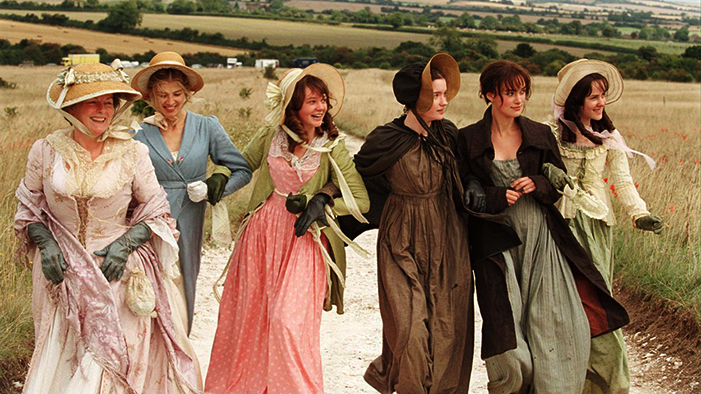Events
John Hay writes First Open Door Note
U.S. sends troops to China to suppress Boxer Rebellion
Hay drafts Second Open Door NoteMcKinley is reelectedMcKinley is assassinated; Theodore Roosevelt becomes president
Hay-Pauncefote TreatyColombia rejects canal treaty
U.S. backs Panamanian revolt against Colombia
Hay–Bunau-Varilla TreatyRoosevelt issues Roosevelt Corollary to the Monroe Doctrine
Roosevelt is elected presidentConstruction on Panama Canal beginsUnited States invades Dominican Republic
Roosevelt negotiates peace to end Russo-Japanese WarSan Francisco bans Japanese students from public schools
Algeciras ConferenceUnited States invades CubaRoosevelt sends Great White Fleet on world tour
Roosevelt strikes “Gentlemen’s Agreement” with JapanRoot-Takahira Agreement
Panama Canal is completed
-
William McKinley
25th U.S. president; reelected in 1900 but assassinated just months after inauguration in 1901
-
John Hay
President McKinley’s secretary of state; drafted Open Door Notes requesting that world powers respect free trade in Asia and China’s territorial status
-
Theodore Roosevelt
26th U.S. president; took office after McKinley’s assassination; adopted aggressive foreign policy and asserted American influence and power in the Western Hemisphere
Key People
China and the Open Door Notes
In the aftermath of the Spanish-American War, the United States was presented with yet another problem—China. After losing the Sino-Japanese War of 1895, the Chinese could only sit back and watch as Japan, Russia, and the Europeans carved their ancient country into separate spheres of influence. U.S. policymakers, afraid that Americans would be left without any lucrative Chinese markets, scrambled to stop the feeding frenzy.
In 1899, McKinley’s secretary of state, John Hay, boldly sent the First Open Door Note to Japan and the European powers, requesting that they respect Chinese territory and free trade. The British backed the agreement, but France, Germany, Russia, and Japan replied that they could not commit on the Open Door Note until all the other nations had agreed on it.
The Boxer Rebellion
Chinese outrage over their country being divided up, regardless of whether it was conducted “fairly” or not, prompted a new nationalistic movement called the Boxer Movement to spread throughout China. In 1900, hoping to cast out all foreigners, the Boxer army invaded Beijing, believing that they would be divinely protected from bullets. They took a number of foreign diplomats hostage and waited patiently in the city. Nearly 20,000 French, British, German, Russian, Japanese, and American soldiers joined forces to rescue the diplomats and end the Boxer Rebellion. After the diplomats had been rescued, Secretary Hay issued the Second Open Door Note to request that the other powers respect China’s territorial status, because he feared they would try to take revenge on the Chinese for the uprising.
The Election of 1900 and McKinley’s Assassination
The election of 1900 turned out not to be much of a contest. Republicans renominated McKinley, who was popular because he had kept America prosperous and expanded the country as a result of the Spanish-American War. The Republicans also chose former Rough Rider Theodore Roosevelt to be McKinley’s new running mate. Democrats again chose William Jennings Bryan on an anti-expansionism platform, but to their dismay, Bryan insisted once again on pushing for free silver—a stand that was partly responsible for his loss in the previous election.
Roosevelt and Bryan traveled throughout the country and played to the crowds in two whirlwind campaigns. In the end, free silver did in fact kill Bryan’s chances again, and McKinley won the election with almost a million more popular votes and twice as many electoral votes.
However, only months into his second term, McKinley was assassinated by an anarchist while visiting the Pan-American Exposition in Buffalo, New York. He died a week later, and Vice President Roosevelt was sworn in as president.


 payment page
payment page



